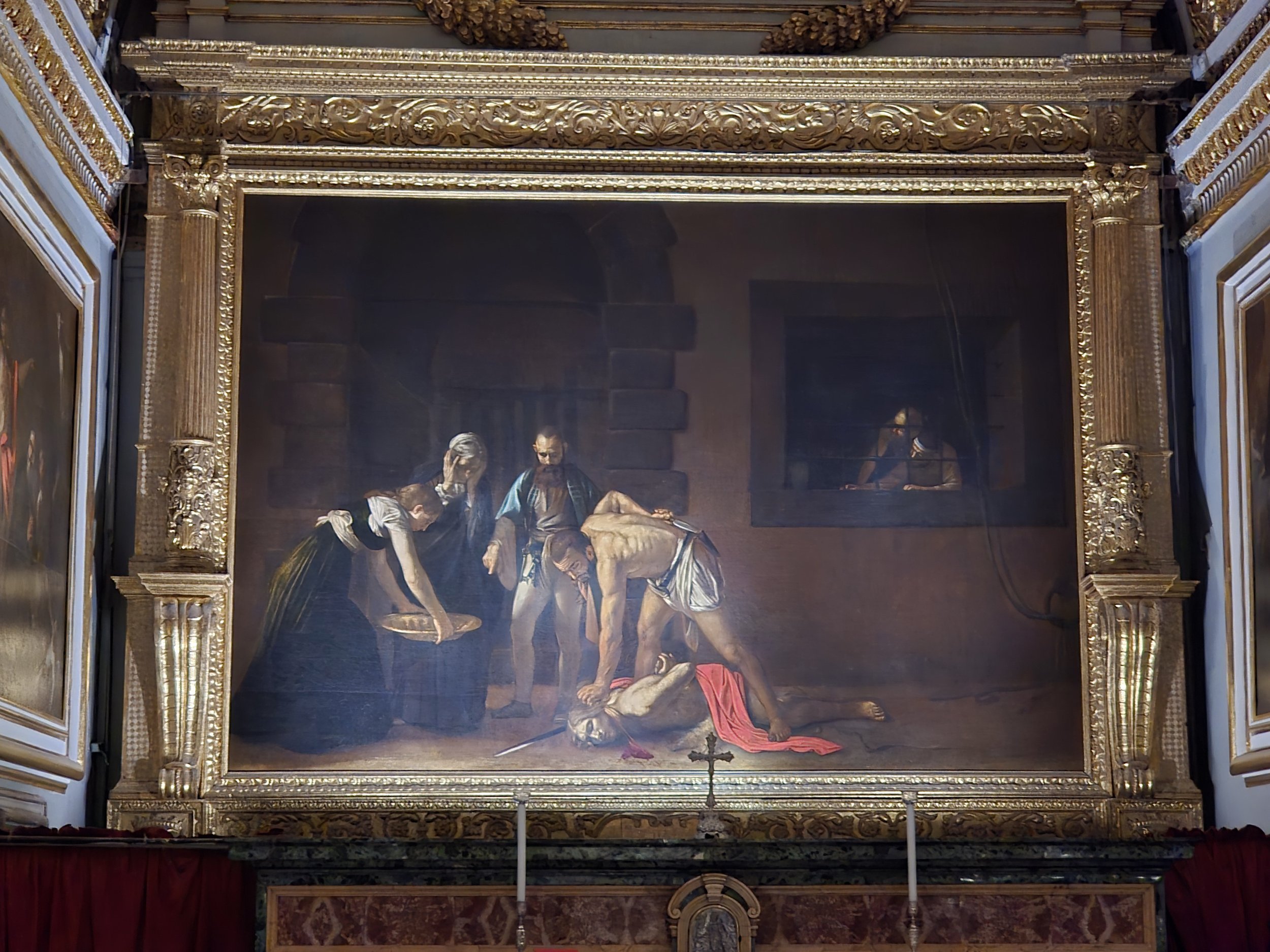Malta
Discovering Malta: Valletta and Mdina in One Day
Malta, a small archipelago in the heart of the Mediterranean, lies just 90 kilometers from Sicily and boasts an extraordinary history. Inhabited as early as 5000 BC, it is home to the megalithic temples of Ħaġar Qim and Mnajdra, which are older than the Egyptian pyramids. Over the centuries, Phoenicians, Romans, Arabs, and Normans have left indelible marks, creating a crossroads of cultures.
Valletta, the capital, is a Baroque masterpiece founded by the Knights of St. John. Must-see attractions include the City Gate, redesigned by Renzo Piano, the Upper Barrakka Gardens offering breathtaking views of the Grand Harbour, and St. John’s Co-Cathedral, an artistic treasure housing Caravaggio’s The Beheading of St. John the Baptist.
As the sun sets, Mdina, known as "the silent city," provides a unique atmosphere. Its medieval streets, Palazzo Falson, and St. Paul’s Cathedral tell a story of millennia, preserved in time.
In just one day, Malta offered us a glimpse into its rich historical and artistic heritage. It’s an island that beckons for a return visit to explore its hidden gems, like Gozo, Comino, and prehistoric temples, promising a journey full of emotions and culture.
Angela: What are we doing here? This isn’t our usual travel timing.
Piero: True, but sometimes we stumble upon unexpected experiences. Today, we’re in the heart of the Mediterranean, ready to explore a new European capital.
Angela: That’s easy, then: we’re in Malta!
Piero: Exactly. Malta is an archipelago located 90 kilometers south of Sicily and about 300 kilometers from Libya and Tunisia. Of its 11 islands, only three play a significant role: Malta and Gozo are inhabited, while Comino is famous for the Blue Lagoon and has just two permanent residents.
Angela: Even with just one day, we can discover two gems of this island: Valletta and Mdina.
Malta’s Ancient Roots: An Island Between East and West
Piero: Malta is small, but it boasts an extraordinary history. Its first settlers arrived around 5000 BC, leaving behind megalithic temples like Ħaġar Qim and Mnajdra, which are older than the Egyptian pyramids.
Angela: Then came the Phoenicians around 1000 BC, using Malta as a strategic trading base. Later, the island fell under the control of the Carthaginians and Romans. It was during Roman rule that Malta adopted Christianity: tradition says St. Paul was shipwrecked here on his way to Rome.
Piero: Like many Mediterranean islands, Malta experienced Arab influence in the 9th century. The Arabs left a lasting mark on its architecture and language. For instance, the name “Mdina” comes from the Arabic word “medina,” meaning “fortified city.”
Angela: It’s fascinating how the Maltese language blends Semitic and European elements, with Arabic roots and strong Italian and English influences.
Piero: After the Arabs, Malta was conquered by the Normans, became part of the Kingdom of Sicily, and later was given to the Knights of St. John in 1530.
Valletta: A Baroque Fortress City
Angela: Let’s start our visit at the new city gate, City Gate.
Piero: This is the work of Renzo Piano, who transformed Valletta with a modern yet historically respectful project. The gate, Parliament building, and the ruins of the Royal Opera House are great examples of this transformation.
Angela: Walking along Republic Street, the main road, we’re surrounded by historic buildings and shops. The Grandmaster’s Palace is a masterpiece: once the residence of the Knights, it now houses the President’s office.
Piero: Moving on, we reach the Upper Barrakka Gardens. From here, you get a breathtaking view of the Grand Harbour and the Three Cities: Birgu, Senglea, and Bormla. It’s an unmissable stop!
Angela: Don’t forget the Saluting Battery at noon, where we can watch the ceremonial cannon fire.
Piero: The Co-Cathedral is a stunning example of Baroque architecture. Built by the Knights in 1578, it’s decorated with frescoes and intricate marble floors.












Angela: Inside, we find a masterpiece by Caravaggio: The Beheading of Saint John the Baptist. It’s the only work signed by the artist and conveys an unparalleled intensity.
Mdina: The Silent City
Piero: Now we’re heading to Mdina, a city frozen in time. At night, with its soft lights and deserted streets, it feels like stepping into another era.
Angela: Mdina is older than Valletta. Founded by the Phoenicians, expanded by the Romans, and fortified by the Arabs, it was the capital until Valletta was built.
Piero: Walking through its narrow streets and admiring the medieval palaces is a unique experience. Among the most iconic sites are Palazzo Falson, with its historical collection, and St. Paul’s Cathedral, which glows under the evening light.
Angela: Legend has it that the cathedral stands where the Roman governor welcomed St. Paul after his shipwreck.
Malta: An Island to Rediscover
Piero: Even with limited time, we’ve immersed ourselves in Mediterranean history. Malta has so much more to offer, from Gozo to the megalithic temples and the Three Cities.
Angela: We’ll definitely be back. In the meantime, enjoy our video to relive these wonders with us.
Practical Tips for Travelers
Language: Maltese and English are the official languages.
Currency: Malta uses the Euro.
Transport: Valletta and Mdina are easily accessible by public transport.
Food: Don’t miss pastizzi, local snacks filled with ricotta or peas.
































